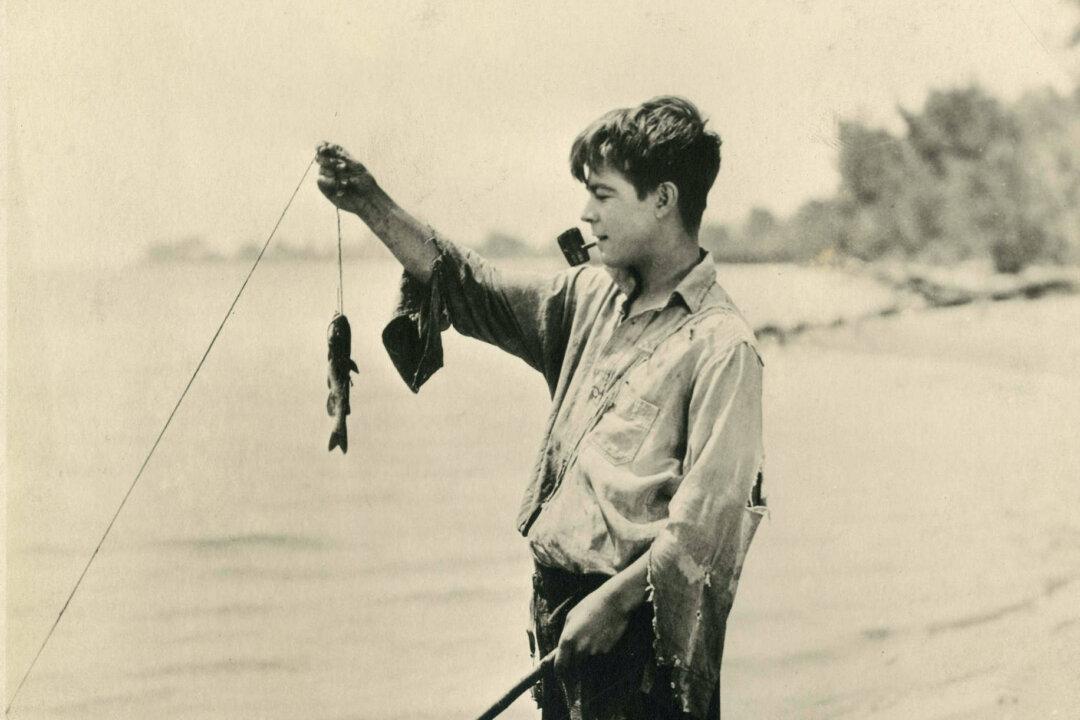Commentary
Mark Twain’s classic novel “The Adventures of Huckleberry Finn” has been called “The Great American Novel.” Even now, when works about the Old South are generally frowned upon, it remains one of the greatest contributions to American fiction. Countless filmmakers have been inspired to try to translate Twain’s saga of Southern boyhood to the screen, resulting in a plethora of film adaptations, each taking a slightly different slant on the tale.





